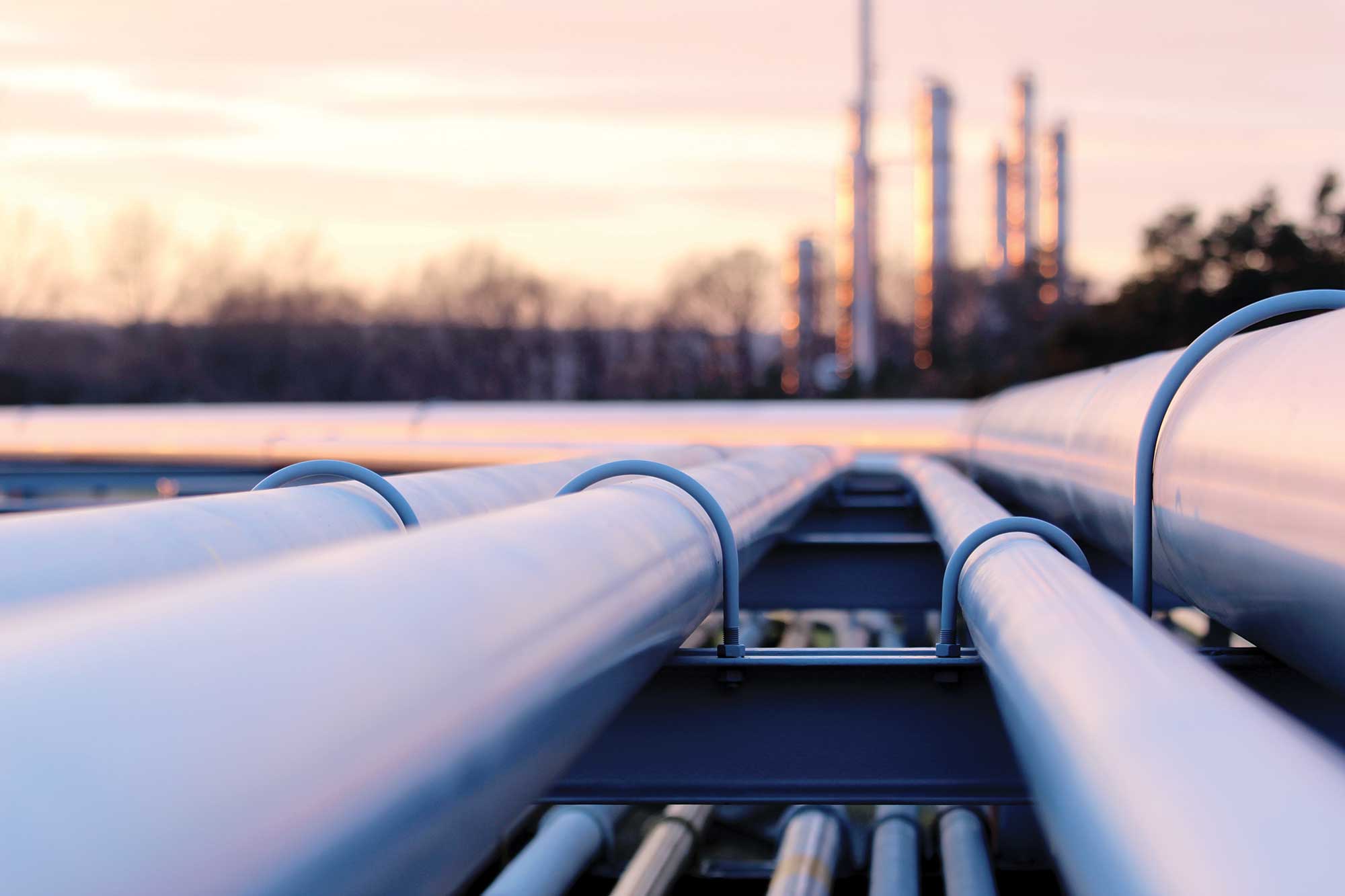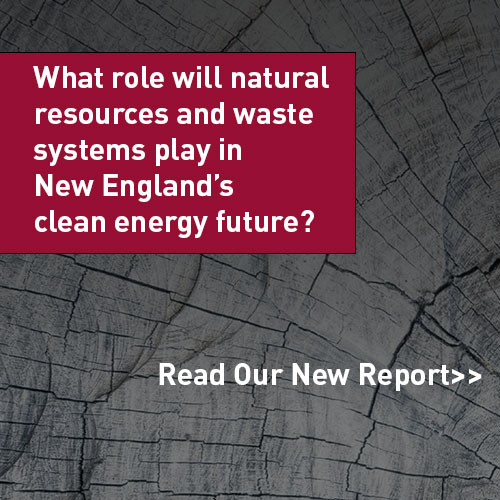Peruse the website of any major oil company and you might think you’d accidentally stumbled onto CLF’s website – or that of any other conservation group. Buzzwords like “renewable” and “sustainable” are plastered across the screen. Shell Oil is excited about its “energy transition.” Chevron leans heavily on “renewable diesel.” BP clamors over “lower-carbon energy” and “net zero by 2050.”
It all seems so encouraging, indicating that, somehow, within sight is a fossil fuel-free future in which climate change has been knocked back on its heels thanks to the thoughtful, prescient planning of caring oil companies. In this narrative, Big Oil and Gas – although still reluctant to admit their role in creating our climate crisis – has resolved to do something about it.
But there’s a far dirtier truth behind the environmentally aware, climate-friendly catchphrases we see flaunted in oil company marketing, and it’s this: Many of the “alternative” fuels that oil companies peddle as low-carbon energy solutions don’t offer us much of an alternative at all.
Instead, these “alternatives” would further shackle our energy system to fossil fuels and even greater disruption of our climate. Even “alternative” solutions like hydrogen, which involves splitting apart molecules in water to create energy, currently rely almost exclusively on fossil fuels for processing. And what we end up with, as a result, is the same old climate-changing gases in our atmosphere.

New England is a leader in true
clean energy solutions. The nation’s
first offshore wind farm, Deep Water
Wind, was built here off the coast of
Rhode Island’s Block Island. Photo: Laurie O’Reilly
The fundamental truth is incontrovertible and has been documented in recent research: As oil and gas companies publicly vow to move away from the production of fossil fuels by embracing “biofuels,” they continue, behind the scenes, to expand uses for the same dirty products. Their cynical ploy allows them to pocket billions in profits in the face of alarming climate change impacts while supposedly “fighting the good fight.”
“These types of false solutions are all part of a larger subterfuge to avoid the fundamental changes to their business model that these companies need to make if we’re going to cut carbon out of our energy system,” says Bradley Campbell, president of Conservation Law Foundation.
The energy “solutions” posited by Big Oil and Gas are a classic illustration of a public relations tactic used most skillfully by spin master E. Bruce Harrison, says Melissa Aronczyk, co-author of “A Strategic Nature: Public Relations and the Politics of American Environmentalism,” written with Maria I. Espinoza. Harrison spent his career organizing public relations campaigns opposing environmental regulations and played a crucial role in sowing doubt about the scientific consensus around global warming in the 1990s. Quoting Harrison, Aronczyk sums it up this way: “To get what you want in public and politics, you want to find consensus and compromise – or at least you want to appear to want consensus and compromise. This is the ‘relations’ in public relations.”
The oil and gas industry clearly took his words to heart in the 1990s – and they continue to do so today.
Greenwashing Their Way to Profits
When it comes to oil company talk versus actions, studies have revealed what researchers have deemed a “mismatch between discourse, actions, and investments.” There’s a quick shorthand term for this lack of action: greenwashing. It’s defined as the disturbing practice of dressing up in green clothing in public while, in private, counting on the same old carbon-saturated policies that allowed Big Oil to double its profits last year.
A damning 2022 study published in the journal PLOS One found that Chevron, ExxonMobil, BP, and Shell peppered recent annual reports with terms like “climate,” “low-carbon,” and “transition” while touting new strategies around cutting carbon. But when researchers reviewed actions taken on clean energy, they uncovered only broken promises. The companies were, unsurprisingly, financially reliant on fossil fuels. Since 1965, the study revealed, those four major oil companies have accounted for a whopping 10% of global carbon emissions.
“Frankly, it’s outrageous that these companies have spent decades alternately sponsoring false narratives to undermine climate science and disingenuously spotlighting their minimal investments in clean energy to claim leadership in the transition to clean fuels,” says Campbell.
Alternative Fuels in New England Offer Few Actual Alternatives
We can see this greenwashing in action in New England, where the fossil fuel industry is leaning hard on selling biofuels such as “renewable” natural gas as an alternative to traditional fossil fuels. (For a complete rundown on these “alternatives,” see the glossary below.) On the face of it, alternative fuels sound good. Renewable natural gas, biofuel, and biomass – all reuse discards that might otherwise be buried in the earth. What’s there to argue with?
“At first glance, it makes complete sense that you would reuse this stuff,” says Greg Cunningham, vice president and director of CLF’s Clean Energy and Climate Change program. “It’s not until you burrow a little below the surface that you understand the problems.”
What’s beneath the surface is more of the same climate-damaging fuels. “A common attribute of most alternative fuels is they are still essentially climate-damaging gases,” Cunningham says. When they leak from pipes or equipment or are burned to generate heat or power, the same thing happens as when old-fashioned gas is leaked or burned – namely, damage to our climate. In fact, leaked methane and hydrogen are even more damaging to the climate than carbon dioxide.
That reality hasn’t stopped the oil and gas industry from pushing their “alternative” fuels as solutions for meeting legal mandates to cut emissions across New England. Cunningham admits it can be difficult to counter industry narratives, especially when they make it seem that a reasonable solution to reducing carbon pollution is easily within our grasp. “These companies are using greenwashing to mislead policymakers and consumers into thinking little has to change as far as the system we use to heat and power our homes and businesses,” says Cunningham.

If the fossil fuel industry’s greenwashing succeeds, New England will be tied to climate-damaging, outdated infrastructure for decades to come. Photo: Shutterstock
Their greenwashing campaign is one reason why “alternative” fuels were so prevalent in the debate leading up to the passage of Vermont’s Affordable Heat Act this year. CLF celebrated that bill’s passage, given its provisions that should limit the role of biofuels as clean heat measures and ultimately phase them out altogether.
And in the rest of New England? Massachusetts lawmakers are currently debating a clean heat standard that would include “alternative” fuels if Big Oil and Gas have their way. Meanwhile, National Grid has announced plans to use its gas pipe infrastructure in Massachusetts to distribute renewable natural gas and green hydrogen.
In Vermont, Massachusetts, and across New England, CLF advocates will keep pushing back against industry and utility company attempts to put their polluting fuels – whether “alternative” or not – at the center of the region’s energy future. That means pushing for new regulations that understand the legitimate limited role “alternative fuels” can play in transitioning to a clean energy economy while championing actual clean energy solutions – like solar and wind power – that can slash the region’s climate-damaging emissions.
It also means continuing to reveal the truth about false solutions calculated to keep us dependent on the outdated fossil fuels harming our planet. “We have to educate policymakers and consumers about these false solutions,” says Cunningham. “They’re not economic, they’re not available at the scale needed to replace fossil gas as we use it now, and they’re not going to cut carbon pollution.”
What will cut carbon pollution, he adds, is electrifying our economy – from our heating systems to our cars, trucks, buses, and trains. “We have a readily available alternative and associated electric system in place already,” he says. “We can right-size that system to increasing demand over time. That is where we need to invest resources – not propping up uneconomic, polluting fossil fuels.”
This points to the inconvenient truth that fossil fuel companies are not yet prepared to admit. And that involves a fundamental reassessment of their business model.
“Many businesses are going to have to change substantially to meet the challenges of the climate crisis,” says Campbell. But for those companies far-sighted enough to recognize that, he says, “there’s an opportunity to take a true leadership role in transitioning off natural gas to have a more durable and equally profitable business model. They’re not doing their shareholders or customers any service by putting out false solutions that are ultimately ineffective, either in creating a lifeline for their outdated business model or best serving and retaining their customers.”
Scientists say there is still time to lessen the effects of climate change. If we achieve our goals, we can reduce the probability of the kinds of destructive storms, devastating heat waves, and catastrophic ocean warming that have made news headlines every week this past summer.
In the end, we’ve got no alternative.

A Glossary of Alternative Fuels
Here’s a quick glossary of alternative fuel terms you’re likely to see and why they may not be the solution the oil and gas industry would have us believe.
- Biodiesel is manufactured from vegetable oils, animal fats, or recycled restaurant grease. Although all diesel vehicles can operate on biodiesel, many car manufacturers disapprove of pure biodiesel, so most of it must be blended with diesel derived from petroleum. The fuel also tends to gel at low temperatures, making pure biodiesel challenging in cold climates.
- Biomass includes fuels made from plants, wood, and waste that are burned to create heat, converted into electricity, or processed into biofuel. However, burning biomass has significant public health and environmental justice consequences. Harvard researchers have found that burning biomass in buildings, industry, and power plants leads to more deaths yearly than relying on conventional coal-fired power plants.
- Ethanol is usually made from corn, crop residues, or wood. A recent study found that U.S. corn-based ethanol was worse for the climate than gasoline. It’s also at least 24% more carbon-intensive than gasoline due to emissions from land use changes to grow corn, processing, and combustion.
- Renewable Natural Gas is produced by refining biogas derived from various sources, including landfill waste, manure, and wastewater treatment facilities. Proponents argue that the waste products used to produce renewable natural gas would have emitted methane by natural decay processes, so it’s better and more sustainable to reuse the material to create energy. While it is true that these processes emit climate-damaging gases, they do so primarily as a result of poor management of the systems where they are produced. In addition, the refinement process used to create renewable natural gas is highly energy-intensive. The final product is almost pure methane, which will leak in the refining process, pipeline delivery to homes, and from appliances and equipment that burn it. Even if these processes could be controlled to eliminate leakage (which they cannot), renewable natural gas is not plentiful and could only displace at most 20% of conventional natural gas’s outsized role in our lives.
HYDROGEN
A product of water, hydrogen would seem a perfect solution to our fuel conundrum. But water must be processed to create hydrogen fuel, which involves methane gas. Only using electricity generated from renewable sources to process water would make this fuel green. In addition, hydrogen has a much smaller energy density than other fuels, meaning much more hydrogen must be produced to replace gas or oil. It also combusts with one-tenth the energy required for gasoline, making it very volatile in many applications, including as a heating source. It does have a limited role for industries that would be challenging to electrify.


